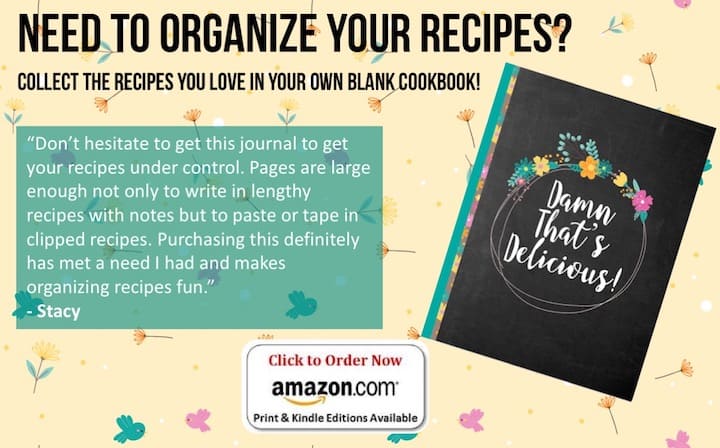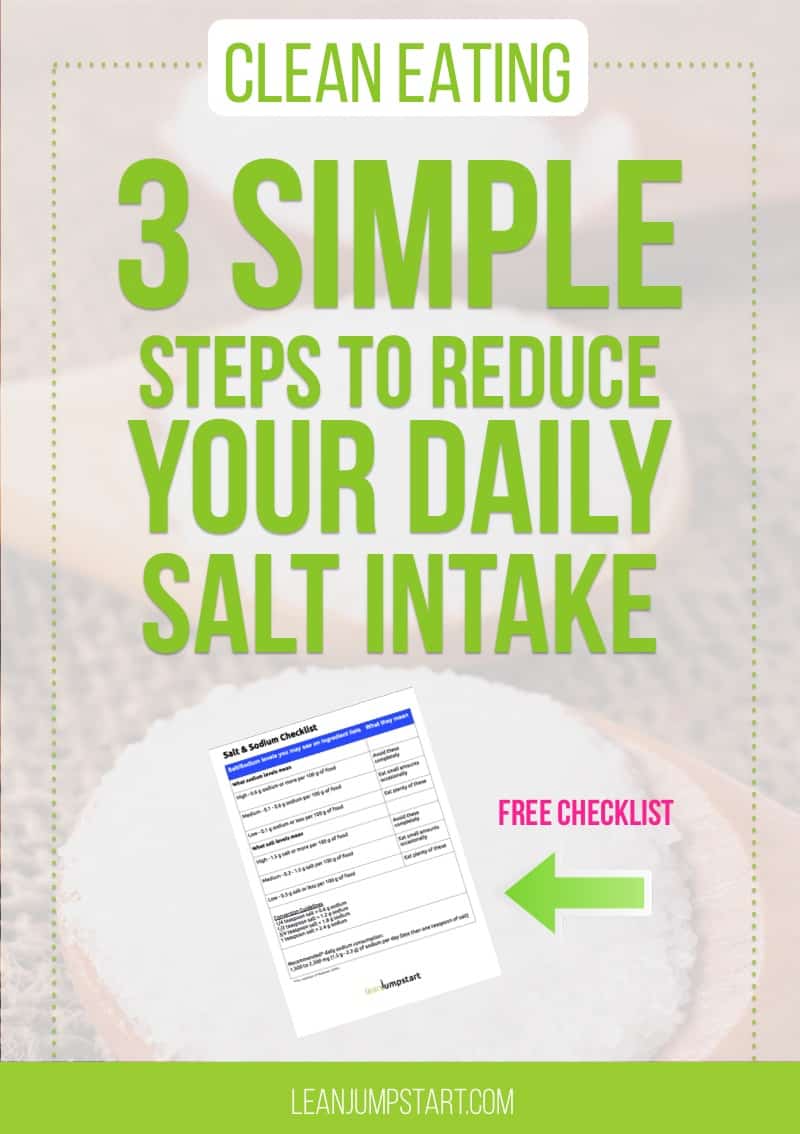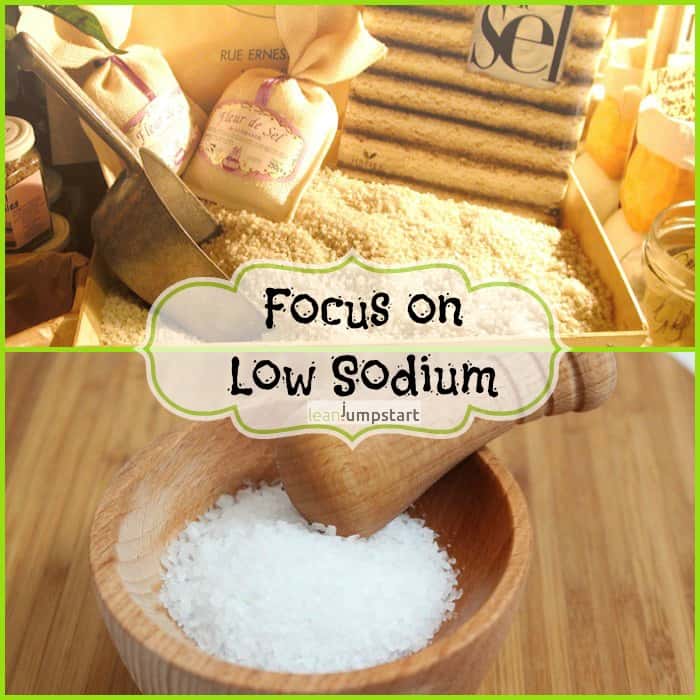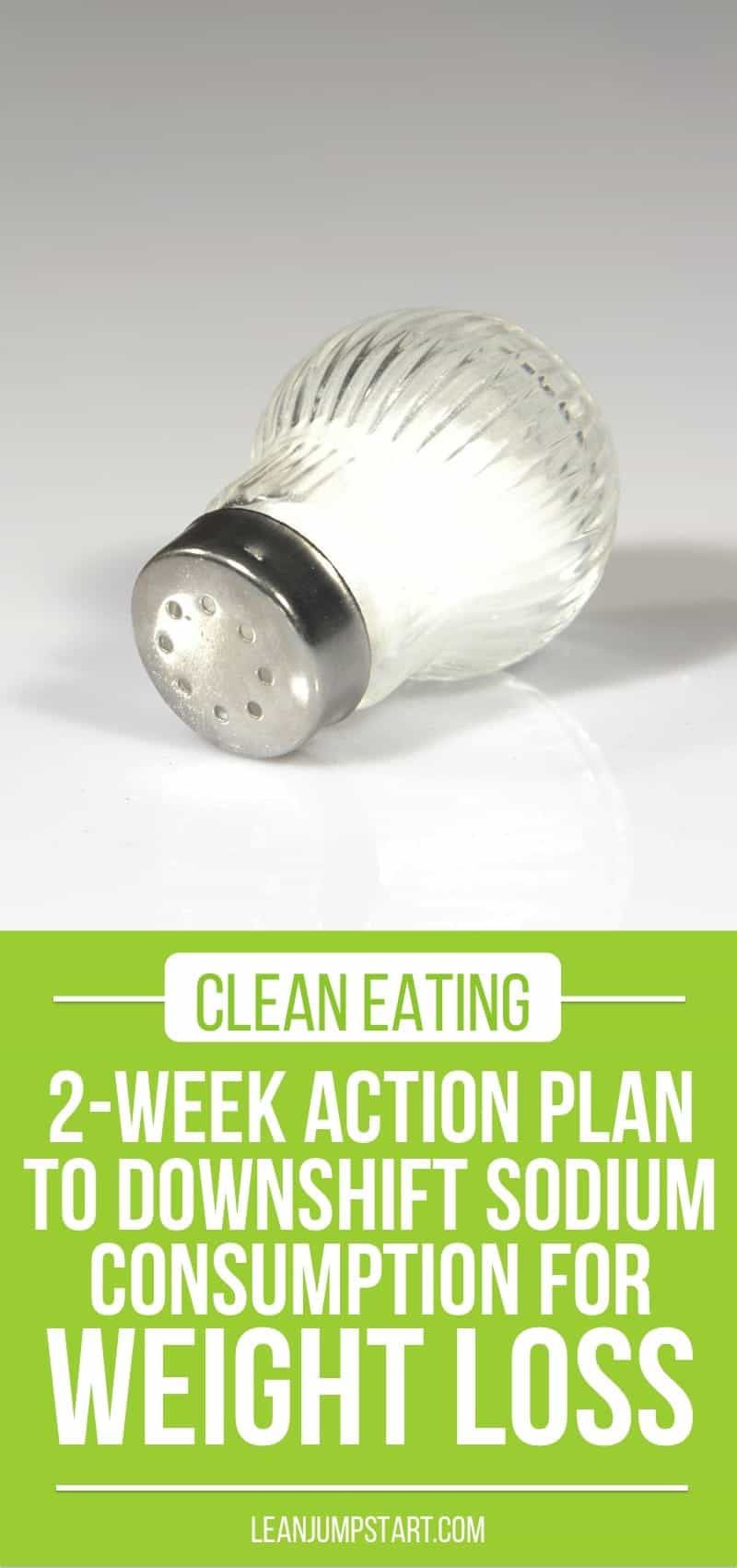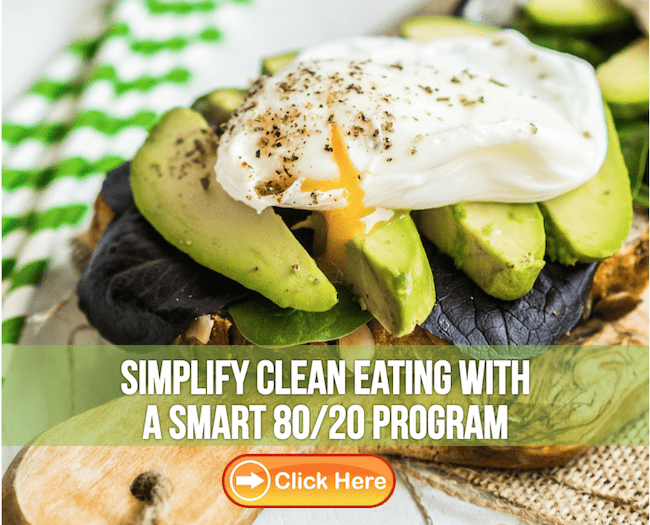Your challenge this week is to focus on low sodium foods to actively reduce your daily salt intake for healthy eating habits. This is one of those weeks of the 52 Weeks Clean Eating Habits Challenge where either this change will be easy for you, or this will be something that completely overwhelms you.
Typically, there is not much in between on this one. You either love salty food or you don’t. Especially if you are used to salt cravings this challenge week is very important for you!
Difference between salt and sodium
Salt is not only an important cooking and baking ingredient but also indispensable for an optimal fluid balance in our body. Also known as sodium chloride, salt is about 40 % sodium and 60 % chloride.
Fact is, the human body needs only a very small amount of sodium and yet over 70 percent of Americans eat too much salt without even realizing it.
Salt is omnipresent
In earlier times salt was an important trading good and as valuable as gold. Today the “white gold” is omnipresent and available already for a few cents. And as said already…The human body needs only a very small amount of it!
High blood pressure
The majority of studies show that a high salt consumption leads to a high blood pressure a dominant cause of heart failure and other cardiovascular diseases. But there are more negative effects connected with an excessive salt intake.
Weight gain
Salt does not cause your body to gain or lose weight directly. However, salt is often coupled with fiber-poor, processed, calorie-dense foods like those found on supermarket shelves, as well as in the restaurant and fast food meals.
Too much sodium also causes your body to retain water, leaving you with a bloated feeling.
And as salt makes us thirsty this might often lead to an uncontrolled drinking of soft drinks…Every successful pub owner knows that an easy way to increase beverage consumption is offering salty nuts or potato crisps for free.
Replacing processed foods has the highest potential for saving salt
Americans consume up to 80% of their sodium from processed and packaged foods. Focusing on unprocessed, low-sodium foods (clean eating) instead would have the highest impact on reducing the daily sodium intake. How about cooking large quantities of high-fiber meals and having frozen dinners at hand whenever you need them?
Baby Action Steps
You want to become the person who avoids eating salty processed, pre-packaged and prepared foods. I don’t think that by now this should be really a problem for you. If you have followed our last clean eating challenges and increased your vegetables, fruits and nuts consumption you have probably cut down eating processed food anyway.
But what about the salt you are adding when having a meal?
3-step habit change to reduce your daily salt intake
Do you use a salt shaker with your meals? Here comes a simple 3-step habit change that helps you reduce the amount of your daily sodium consumption.
- Use your salt shaker you usually put on your table as a trigger
- Replace it with a shaker full of herbs or a pepper mill and use it instead. If this change is too hard for you to fill your saltshaker with low- or no-sodium salt.
- When sticking to this habit for more than 1 month you have deserved a reward. Make yourself a nice present and buy a highly functional, stylish pepper mill that dispenses chili or cayenne pepper flakes. You deserve it – It will not only give your meals extra flavor but it will remind you at your table sticking to healthier eating habits.
But wait, before doing this make sure to declutter your herb, spices and seasoning collection in general. Discard the old and or never used ones and fill up with those few low sodium spices and seasonings that are most important to you. Keep your herb and spices in well-labeled airtight tins or jars and store them where they’re handy.
Tip: As spices tend to lose flavor quickly it is best to buy them in small quantities, even if the cost per unit is higher.
Take your clean eating to the next level with my Advanced 2 Week Action Plan!
Advanced 2 week action plan to further downshift sodium consumption
Week 1: Awareness, education & smart shopping
This week read the labels when buying pre-packaged convenience foods and frozen meals. Watch for the words “sodium”, „soda“ and the symbol “Na” on labels, as all these products contain sodium compounds. Many canned and frozen food labels help the consumer by printing “low sodium” or “low salt” boldly on the packaging.
However, don’t confuse sodium with salt levels. Take your time for the chart below and study it a bit. It helps you find out what low, medium and high sodium levels mean.
Click here for the CHART (PDF)
If the label does not say how much sodium or salt the food contains, check the ingredients list. The closer to the top of the listed salt appears, the more salt this food is likely to contain.
How much sodium per day is recommended?
Less is more! The Institute of Medicine recommends a daily consumption between 1,500 mg to 2,300 mg of sodium per day. This is not really much – less than one teaspoon of salt!
A special challenge is that most of the salt is hidden salt and many sodium-rich foods don’t taste salty. Or would you have thought that white bread, cooked rice or catsup has a high salt content?
Week 2: Reprogram your taste buds
Do you think foods with little salt taste bland and you can’t live without salty food? The good news is that your taste buds are highly adaptable. You can reprogram them by making steady reductions in the salt levels of your food choices. That way you gain more of an appreciation for the natural tastes. This change might take some months or even years but when done gradually you don’t have to fear flavorless tasting food.
Keep it to the minimum
In the second week, don’t add salt when you are cooking. If it is essential to your recipe keep it to a minimum and add it at the end. When cooking soups opt for low-sodium broth.
Here are some ideas for getting extra flavor while actively reducing your daily sodium intake.
Herbs, spices, and seasonings
Add some herbs or spices (chili powder, cayenne pepper, curry powder) in its place – also in salad dressings – or try a seasoning blend like Mrs. Dash.
Ginger, lemon or lime juice is great seasoning options too. Did you know that sodium and lemon juice trigger similar taste receptors? A sprinkle of lemon juice on just about any meal will result in almost the same taste!
Reduced or no-sodium salts
Potassium chloride is the main ingredient in reduced or non-salt substitutes. For most of the people, a little more potassium in their nutrition might even give them a slight health benefit. But not all can tolerate extra potassium, so better you check with your doctor before trying it. By the way, potassium chloride is not recommended for cooking – as it might develop a bitter aftertaste.
Most high-fiber snacks are low-sodium
Recent research shows chips are now the single largest contributor to the obesity epidemic in the U.S. They are easily available and highly fattening, and also make you physically crave more of them. Are you a potato chips lover? Try to substitute popcorn in place of potato chips.
Make a batch of popcorn without added salt, butter or prepacked flavorings and experiment instead with cinnamon or chili powder. If you love nuts make sure to use unsalted nuts and seeds.
Or opt for juicy fresh fruits as a replacement. Another great option is snacking a smoothie based on fresh or frozen vegetable combined with fruits? They have besides fiber also a great vitamin and mineral profile with a lot of antioxidants. Click through for more high-fiber snacks.
Additional food ideas
For protein rich foods focus on dried beans and peas – like black beans, kidney beans, lima beans, pinto beans, black beans, chickpeas, black-eyed peas, lentils and split peas. If you use canned beans make sure that they are labeled “low sodium” or “no salt added”.
Already an expert?
Take it to the next level and try to find clean, low salt recipes online or in cookbooks. Cooking low sodium recipes will help you reduce your salt intake without sacrificing flavor.
Click here for the CHART (PDF)
And don’t forget to tell me your strategies for a healthy diet
What are your ideas for low sodium diet foods? Do you know any quick and easy recipes? I’d love to read your favorite low salt foods and recipes below in the comments.
If you have a bunch of recipes make sure to record them in your recipe book or grab the one below. I’ve created this blank recipe book with the help of my valued readers.
